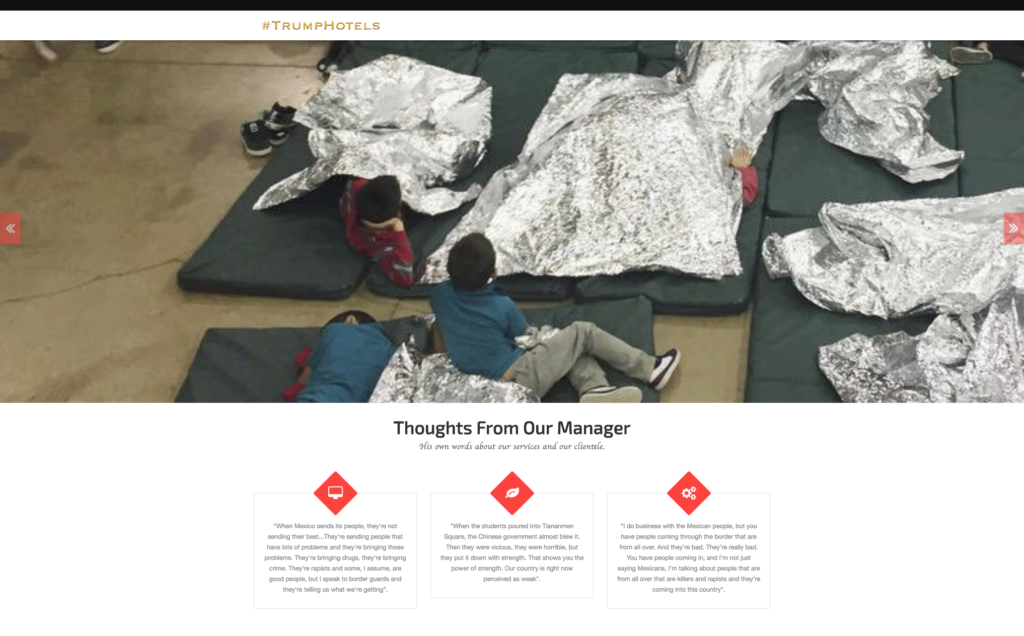Good morning.
 Sunday in Whitewater will be sunny with a high of eighty. Sunrise is 5:17 AM and sunset 8:37 PM, for 15h 19m 52s of daytime. The moon is a waxing gibbous with 87.8% of its visible disk illuminated.
Sunday in Whitewater will be sunny with a high of eighty. Sunrise is 5:17 AM and sunset 8:37 PM, for 15h 19m 52s of daytime. The moon is a waxing gibbous with 87.8% of its visible disk illuminated.
On this day in 1948, the Soviets begin the Berlin Blockade:
On 24 June, the Soviets severed land and water connections between the non-Soviet zones and Berlin.[35] That same day, they halted all rail and barge traffic in and out of Berlin.[35] The West answered by introducing a counter-blockade, stopping all rail traffic into East Germany from the British and US zones. Over the following months this counter-blockade would have a damaging impact on East Germany, as the drying up of coal and steel shipments seriously hindered industrial development in the Soviet zone.[36][37] On 25 June, the Soviets stopped supplying food to the civilian population in the non-Soviet sectors of Berlin.[35] Motor traffic from Berlin to the western zones was permitted, but this required a 23-kilometer (14.3-mile) detour to a ferry crossing because of alleged “repairs” to a bridge.[35] They also cut off the electricity relied on by Berlin, using their control over the generating plants in the Soviet zone.[32]
Recommended for reading in full —
A new website, Trump Hotels http://www.trumphotels.org/, displays Trump’s political views as though they were the policies of his hotels:
Manny Fernandez and Linda Qiu write Is the Border in Crisis? ‘We’re Doing Fine, Quite Frankly,’ a Border City Mayor Says:
BROWNSVILLE, Tex. — The mayor of this Texas border city has been dealing with a crisis.
This week, he declared a state of emergency. Drones filled the skies and emergency vehicles raced down the streets. But none of it had anything to do with illegal immigration.
It had to do with the weather.
A severe thunderstorm caused widespread flooding throughout the Rio Grande Valley in recent days. That other crisis — the one President Trump says has been unfolding on the border because of illegal immigration — is largely a fiction, the mayor, Tony Martinez, and other Brownsville residents and leaders said.
“There is not a crisis in the city of Brownsville with regards to safety and security,” said Mr. Martinez, who has lived in Brownsville since the late 1970s. “There’s no gunfire. Most of the people that are migrating are from Central America. It’s not like they’re coming over here to try to take anybody’s job. They’re trying to just save their own lives. We’re doing fine, quite frankly.”
Mr. Martinez is a Democrat in a mainly conservative state, and many Republicans in Texas, like Mr. Trump, have raised an alarm over the numbers of migrants still flowing into Texas. But there is evidence, in federal data and on the ground in places like Brownsville that the immigration crisis Mr. Trump has cited over the past week to justify the separation of families is actually no crisis at all.
Stephanie Leutert explains Who’s Really Crossing the U.S. Border, and Why They’re Coming:
Despite what the president says, the situation at the border is much more nuanced. There’s not a flood of people racing across the border. The majority of migrants aren’t dangerous criminals. Many are women and families—and many are fleeing gang violence rather than seeking to spread that violence farther north.
For the past two years, I’ve worked to document these issues at the Strauss Center for International Security and Law at the University of Texas at Austin, and also in the Beyond the Border column for Lawfare—based in part on my fieldwork from across Mexico. There are few straightforward and easy answers to what often feel like basic questions for Central American migration. So it’s worth taking a step back and asking: who are the people arriving at the border? Why are they coming? And how does the current situation compare to migration in the past?
First off, while the current administration has tried to tie Central American migrants to MS-13, government data reveals that gang members crossing irregularly are the rare exceptions. Since the Trump administration took office, the Border Patrol has detected fewer gang members crossing irregularly than during the Obama administration. In FY2017, these detections amounted to 0.075 percent of the total number of migrants (228 MS-13 members out of 303,916 total migrants). When combined with MS-13’s rival, the Barrio 18 gang, the number rises only slightly to 0.095 percent. This is far from the “infestation” of violent gang members described by the president.
The current crisis hasn’t been caused by a sudden influx of migration, either. The peak in apprehensions of irregular migrants actually took place some 17 years ago, in FY2000. At that point, U.S. Border Patrol agents caught 1,643,679 migrants attempting to enter the United States without the appropriate papers, compared to 303,916 apprehensions in this past fiscal year. But this decreasing number of apprehensions should not be confused with a gentler, kinder approach to border security—in fact, just the opposite. Since 2001, the number of Border Patrol agents along the southwest border has nearly doubled from 9,147 agents to 16,605. Border fencing also increased: to date, there are 705 miles of fencing along the 2,000-mile long U.S.-Mexico border.
The face of migration has also changed. Back in 2000, Mexican nationals made up 98 percent of the total migrants and Central Americans (referring to Honduran, Guatemalan, and Salvadoran migrants) only one percent. Today, Central Americans make up closer to 50 percent.
Catherine Rampell describes The real hoax about the border crisis:
It’s all a hoax. A great big hoax.
Not the family separations, the babies alone in cages, the drugged immigrant children, the stolen toddlers too traumatized to speak, the wailing children whom Ann Coulter slanders as “child actors.”
Sadly, those cruelties are all too real.
The hoax is the premise that President Trump’s administration has invented to rationalize such crimes against humanity: his narrative that America has been “ infest[ed]” with hordes of crime-committing, culture-diluting, job-stealing, tax-shirking, benefits-draining “aliens.”
No part of that description is remotely true. Yet the Trump administration seems to have successfully shifted the national dialogue away from “Do we have a border immigration problem?” to “What’s the right way to fix our border immigration problem?”
Truly, it’s bizarre. Unauthorized border crossings have been falling over time. In fact, apprehensions of unauthorized immigrants along the Southwest border last fiscal year declined to about 300,000, the lowest level since 1971, according to data from U.S. Customs and Border Protection. They’ve risen in recent months, though year-to-date they’re still below historical levels.
An internal government report commissioned by Trump found that refugees brought in $63 billion more in tax revenue over the past decade than they cost the government. Finding those results inconvenient, the administration suppressed them, though they were ultimately leaked to the New York Times last year.
RetroPod describes The first shark attacks:


